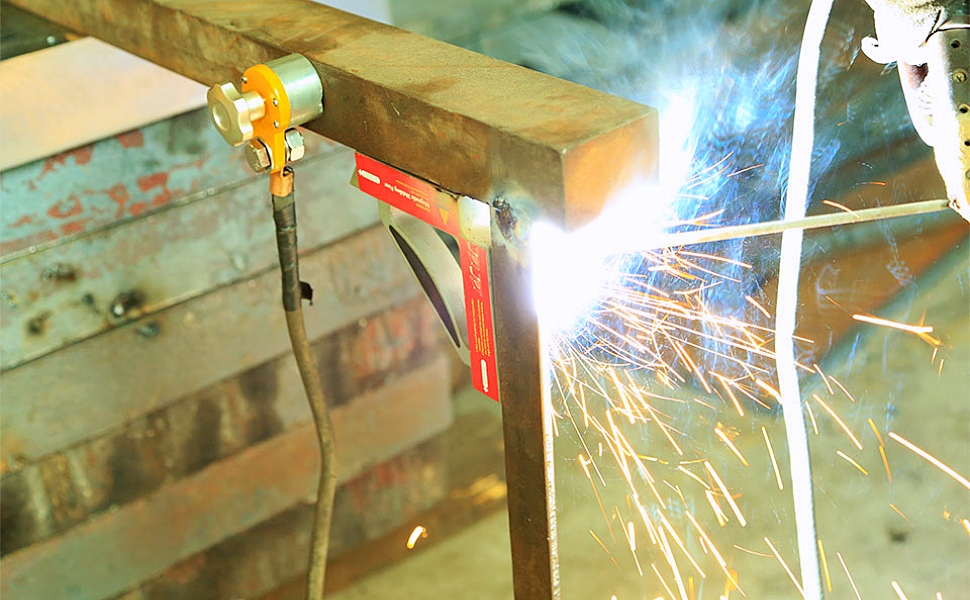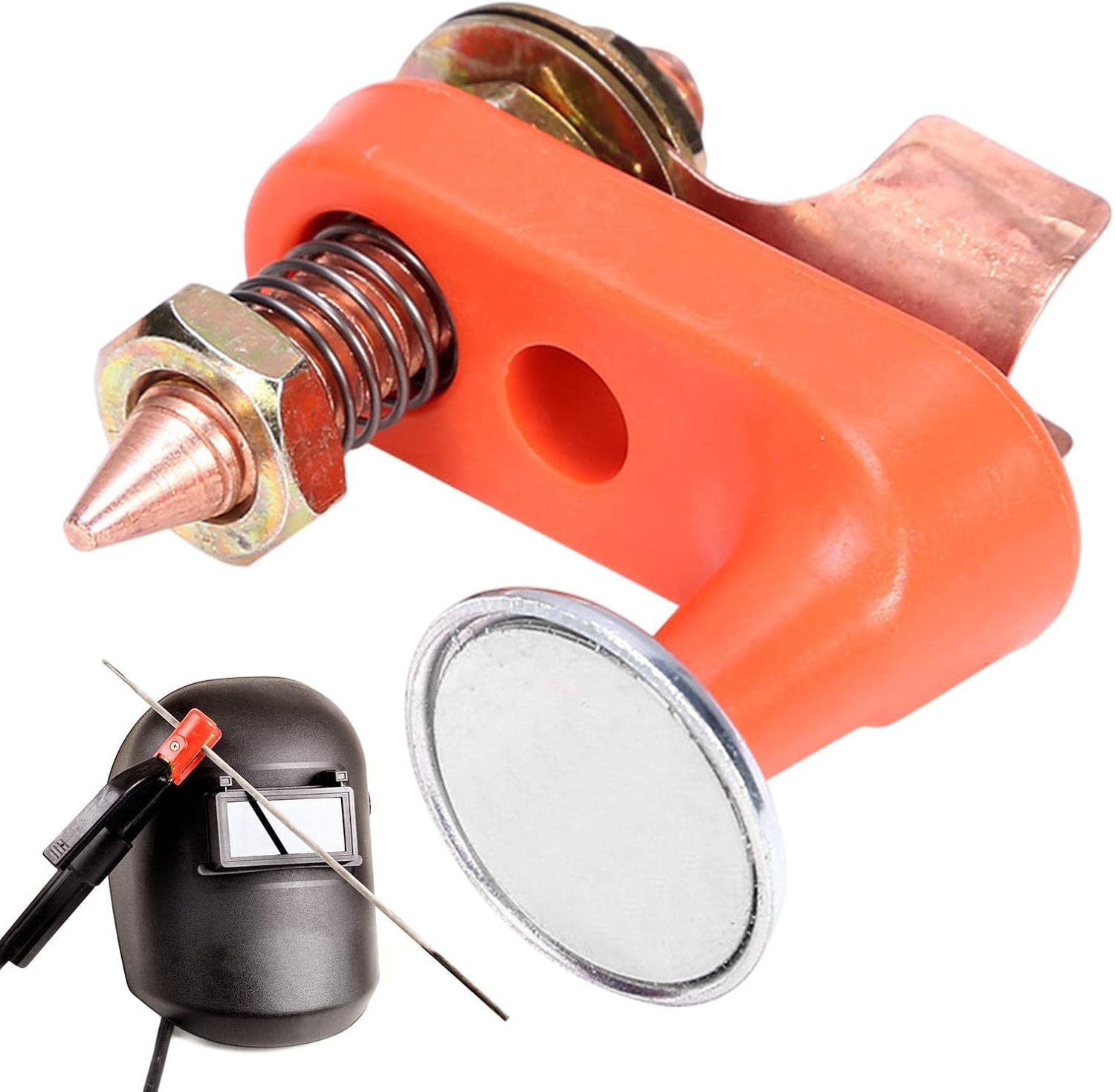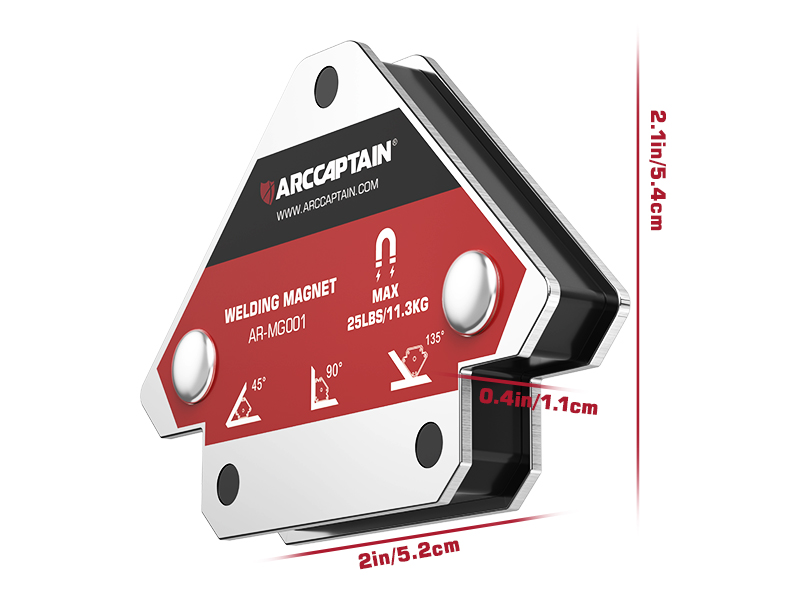Welding is a crucial process in various industries, from construction to automotive manufacturing. While it is essential for creating strong joints, it also comes with inherent risks, such as electrical shock and fire hazards. One of the most effective tools for enhancing safety during welding is the welding ground magnet. In this article, we will explore what welding ground magnets are, their key benefits, and how they contribute to a safer working environment.
Understanding Welding Ground Magnets

A welding ground magnet is a magnetic device used to create a secure electrical connection between the welding machine and the workpiece. It ensures that the electrical current flows correctly, preventing issues like voltage drop and maintaining optimal arc stability. Ground magnets are particularly useful for welding in challenging environments where traditional grounding methods may not be feasible.
Key Benefits of Using Welding Ground Magnets

Employing a welding ground magnet offers numerous advantages that significantly enhance safety and efficiency. Here are some of the key benefits:
- Enhanced Electrical Safety: Ground magnets help to prevent electrical shocks by ensuring that the welding machine is properly grounded. This is especially crucial in tasks involving conductive materials.
- Improved Arc Stability: A solid ground connection leads to a more stable welding arc, reducing the chances of erratic behavior that can lead to poor weld quality or accidents.
- Ease of Use: Ground magnets are easy to set up and remove, saving time on the job site. They can be quickly repositioned without the need for cumbersome clamps or cables.
- Versatility: These magnets can be used on a variety of surfaces, including flat, curved, or irregular shapes, making them suitable for a broad range of welding applications.
- Reduced Fire Hazard: By ensuring proper grounding, welding ground magnets help to mitigate the risk of sparks igniting flammable materials in the vicinity.
Enhanced Electrical Safety

Electrical safety is paramount in welding operations. According to the Occupational Safety and Health Administration (OSHA), electrical hazards are among the leading causes of workplace injuries and fatalities. Proper grounding is essential to protect welders from electric shock, which can occur if the welding circuit is not adequately grounded.
Welding ground magnets act as a reliable grounding solution, providing a direct path for electrical current to flow safely to the ground. This reduces the risk of stray voltage, which can occur when there is a poor connection. For example, a welder working on a metal structure at a construction site can benefit from using a ground magnet to ensure that the electrical current is safely dissipated, thus minimizing the risk of electric shock.
Improved Arc Stability

Arc stability is critical for achieving high-quality welds. An unstable arc can result in inconsistent weld penetration, leading to weak joints and potential structural failures. Ground magnets play a vital role in maintaining arc stability by providing a consistent electrical connection.
When the welding machine is correctly grounded, the arc remains steady, allowing for smoother operation and better control. This is especially important in applications such as TIG welding, where precision is paramount. A study conducted by the American Welding Society found that weld quality improved significantly when proper grounding techniques were employed, underscoring the importance of using welding ground magnets.
Ease of Use
One of the most appealing aspects of welding ground magnets is their user-friendliness. Traditional grounding methods often require cumbersome setups involving clamps and cables that can be time-consuming and awkward to manage. In contrast, ground magnets are designed for quick and easy application.
For instance, welders can simply place the magnet on the workpiece, and it will securely adhere, ensuring a reliable ground connection. This ease of use translates to increased productivity, as welders spend less time setting up and more time focusing on the task at hand.
Versatility

Welding ground magnets are versatile tools that can be utilized in various welding scenarios. Their magnetic nature allows them to adhere to different surface types, including:
- Flat metal surfaces
- Cylindrical objects
- Curved materials
- Irregular shapes
This adaptability makes them ideal for a wide range of applications, from automotive repairs to structural welding. For example, a welder working on a custom exhaust system can easily attach a ground magnet to the unique shapes of the exhaust pipes, ensuring a solid electrical connection without the need for additional equipment.
Reduced Fire Hazard

Welding operations inherently produce sparks that can ignite flammable materials in the vicinity. Proper grounding is essential to mitigate this risk. Welding ground magnets help in this regard by ensuring that the electrical current is safely directed away from the work area, reducing the chances of stray sparks causing fires.
A case study from the National Fire Protection Association (NFPA) indicates that improper grounding is a contributing factor in many welding-related fires. By utilizing ground magnets, welders can create a safer work environment, minimizing the risk of fire hazards and ensuring that safety protocols are followed effectively.
In summary, welding ground magnets are invaluable tools that enhance safety and efficiency in welding operations. Their ability to provide enhanced electrical safety, improve arc stability, and offer ease of use makes them a must-have for welders in any industry. By reducing fire hazards and accommodating various surface types, these magnets contribute to a safer working environment overall.
As the welding industry continues to evolve, the importance of safety tools like welding ground magnets cannot be overstated. Investing in high-quality ground magnets can lead to better welds, increased productivity, and most importantly, a safer working environment for welders. For anyone involved in welding, understanding and utilizing these magnets is a proactive step toward achieving optimal safety and efficiency on the job site.